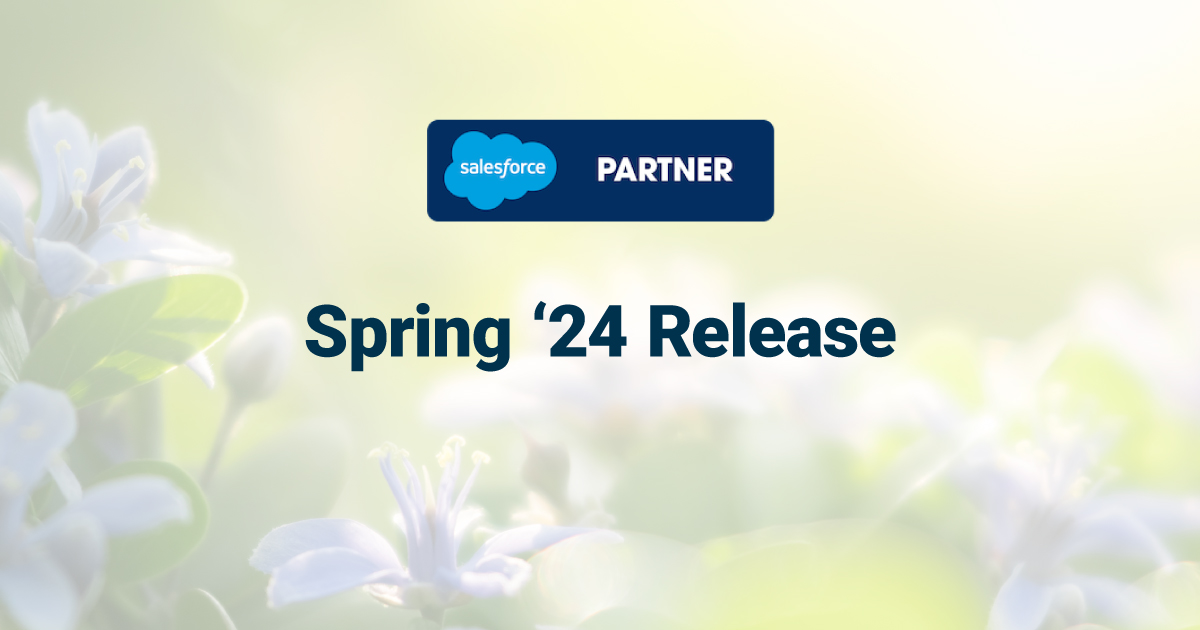The 7 Best Salesforce Features that Will Improve Your Customer Experience
Salesforce Market Dominance
Salesforce is the most powerful customer-relationship management software on the market today. That’s not the opinion of a CRM expert or corporate super user – that’s evidence from the marketplace. As of May 2014, Salesforce has a 16% market share in CRM software, outdistancing SAP and Oracle at 13% and 10% respectively. Salesforce’s year-over-year growth (2012-13) of 30.3% significantly outpaced their rivals and even more than doubled SAP.
Importance of Customer Experience
One of the keys to the market dominance has been the growth of the CRM apps. AppExchange tools like Apttus CPQ and DocuSign improve the customer experience by helping your sales teams better manage the quote-to-cash process and securely obtain electronically-signed contracts. Dashboard visualization, data management and geolocation or sales route mapping apps help your sales team optimize their work.
While the AppExchange has many popular tools, the CRM software’s native features remain some of the most powerful, time savings, customer-focused tools on the market today. These native tools enable you to optimize the customer experience.
Powerful Native Salesforce Features
Let’s focus on the native features within Salesforce that are “out-of-the-box” and can vastly improve customer satisfaction.
1.Email to Salesforce
A great tool for a busy, email-oriented sales team is Email to Salesforce. Your active sales team can use this feature to automatically associate emails to leads, contacts and opportunities. This is accomplished by using a specific Email to Salesforce email address in the BCC fields when composing, forwarding or replying to an email in corporate email application or webmail (e.g., Gmail). The end result? A more organized sales team that can better service an existing customer or new prospect.
2.Case Escalation Rules
Good case management brings a higher likelihood of customer success. All customer service and technical support teams can benefit from using case management features and automation. An example of this are case escalation rules. Case escalation rules allow you to set up automated actions when certain cases are still open after a period of time. These rules are useful to identify cases that have fallen outside of an intended service level (24 hours, 48 hours, one week, etc.). Native escalation tool within Salesforce allows you to more quickly meet customer needs
3.Web-to-Case
With the native Web-to-Case feature, you can gather customer support requests directly from your company’s website and generate thousands of new cases a day. This can help improve the productivity of a service team and helps your organization respond to customers faster. Web-To-Case allows customers to submit information directly to the specific fields of a web form. With this tool, automation begins immediately – from workflow, assignment, and auto-response rules.
4.Suggested Solutions
The Solutions tab in Salesforce helps your customer service teams build a repository of relevant information that allows support reps and customers to quickly answer questions. This native feature greatly increases the customer experience. Your support team can quickly capture, review, sort, and access information that efficiently resolves customer issues.
Enabling the Suggested Solutions button allows support reps to easily find solutions that may help them solve a certain case. Suggest case solutions are found with an algorithm that scores the relevancy of each solution to the case by accounting for word frequency and proximity, case similarity and related solutions.
5.Reports that Focus on Support Activity
It’s not hard to imagine your support team covering a similar case time after time. Or, perhaps there is a difficult case that’s only had one other occurrence. Your team can use support reports to track activity on the number of cases created, case comments, emails, owners, and contact roles, and solution history. The quicker a case is solved, the happier the customer.
6.Chatter
Chatter is an incredibly popular native feature in Salesforce. It is the leading enterprise social network that allows teams to coordinate. Chatter seamlessly enables employees to work effectively across organizational boundaries, collaborate on sales opportunities, and service cases. Support teams can quickly escalate cases to the in-house experts to more quickly.
7.Standard Communication Templates
Email templates allow you use clear, straight-forward messaging to quickly reach leads and contacts. These highly targeted communications allow you to create mass emails that you can send to your customers through Salesforce. Templates allow you to link to a survey with the data automatically returned to the CRM.
Bottom Line
Remember, your sales team and customer service teams are the two most customer-facing part of your organization. And there’s a lot more to your organizational success than a sales manager knowing a revenue forecast or a sales rep logging every call or meeting in a tracking system. Native features like Chatter and Email-to-Salesforce are powerful tools that can impact your team and customers.
Overall, the message is clear. Salesforce has the tools within the application for your organization to provide a top notch customer experience.














